Scythe Kaze Flex II 120 Slim in detail
Low-profile fans are a special category, but sometimes they are unavoidable in more confined spaces. For technical reasons, it’s always about compromises compared to more respectable fans of normal thickness, but their weight can vary. If the Arctic P12 Slim and Alphacool SL-15 don’t fit your needs, the Scythe Kaze Flex II 120 Slim may be the closest thing to what you’re looking for.
Choosing the “right” rotor design for low-profile fans is a particular dilemma. The lower height reduces the sturdiness in the Z-axis, which means that the blades are even much more delicate at the same length than in fans with a higher profile. And thus they are already a bit out of control.
Short blades, on the other hand, are an option for lower efficiency or weaker airflow per unit of noise, especially with obstacles. This is because short blades have large gaps between them, resulting in lower static pressure that must be sacrificed. But again, there is the promise of lower vibration with a more acceptable acoustic profile.
Scythe has taken the path of shorter blades with the 120 mm Kaze Flex II 120 Slim fan. Unlike the competing Alphacool SL-15 PWM, it has larger and stiffer blades, although there are only nine of them (instead of Alphacool’s eleven). The gaps between the blades are slightly larger, but at the same time there are fewer of them, so in the end a comparable static pressure is achieved at the same speed. Not only according to the specifications, but also according to our measurements.
Scythe has moved the Kaze Flex II 120 Slim rotor away from the stator struts a little more than normal, so there’s more margin for critical deviations, but at the expense of this is again poorer compatibility with dust filters.
Overall, this low-profile Scythe fan packs a premium sturdiness within the format, and the frame is also equipped with vibration damping pads. These may seem like standard, but not on a lower profile fan. That’s partly for the obvious reasons of achieving as little thickness as possible, but Scythe has done well with this too – even at its thickest point (through the pads) the Kaze Flex II 120 Slim’s profile doesn’t exceed 15mm.
The Kaze Flex II 120 Slim is significantly more expensive than, say, the Arctic P12 Slim PWM PST, but compared to the Noctua NF-A12x15-PWM you’ll still save a significant amount of money with it. You can find out how the Scythe fan compares to the Arctic fan now, but you’ll have to wait a little longer to see the results of the low-profile Noctua model.
Of the three available variants of the Kaze Flex II 120 Slim, we have the fastest, with a maximum speed of 1800 rpm (KFS1215FD18-P). Besides it, there are two slower variants, the KFS121515FD15-P (with speed up to 1500 rpm) and the slowest KFS1215FD12-P (with max. 1200 rpm). The lower speed limit should be the same across the variants, around 300 rpm. Passive mode is not relevant to Kaze Flex II 120 Slim fans, the motor does not switch off at low PWM duty cycle.
To better navigate the results of comparable fans, use filtering by thickness in the charts. You will then see all the low profile fans we have tested so far lined up next to each other. You can adjust the default filter via the button that is in the bottom left corner of the charts.
- Contents
- Scythe Kaze Flex II 120 Slim in detail
- Overview of manufacturer specifications
- Basis of the methodology, the wind tunnel
- Mounting and vibration measurement
- Initial warm-up and speed recording
- Base 6 equal noise levels…
- ... and sound color (frequency characteristic)
- Static pressure measurement…
- … and airflow
- Everything changes with obstacles
- How we measure power draw and motor power
- Measuring the intensity (and power draw) of lighting
- Results: Speed
- Results: Airlow w/o obstacles
- Results: Airflow through a nylon filter
- Results: Airflow through a plastic filter
- Results: Airflow through a hexagonal grille
- Results: Airflow through a thinner radiator
- Results: Airflow through a thicker radiator
- Results: Static pressure w/o obstacles
- Results: Static pressure through a nylon filter
- Results: Static pressure through a plastic filter
- Results: Static pressure through a hexagonal grille
- Results: Static pressure through a thinner radiator
- Results: Static pressure through a thicker radiator
- Results: Static pressure, efficiency by orientation
- Reality vs. specifications
- Results: Frequency response of sound w/o obstacles
- Results: Frequency response of sound with a dust filter
- Results: Frequency response of sound with a hexagonal grill
- Results: Frequency response of sound with a radiator
- Results: Vibration, in total (3D vector length)
- Results: Vibration, X-axis
- Results: Vibration, Y-axis
- Results: Vibration, Z-axis
- Results: Power draw (and motor power)
- Results: Cooling performance per watt, airflow
- Results: Cooling performance per watt, static pressure
- Airflow per euro
- Static pressure per euro
- Results: Lighting – LED luminance and power draw
- Results: LED to motor power draw ratio
- Evaluation





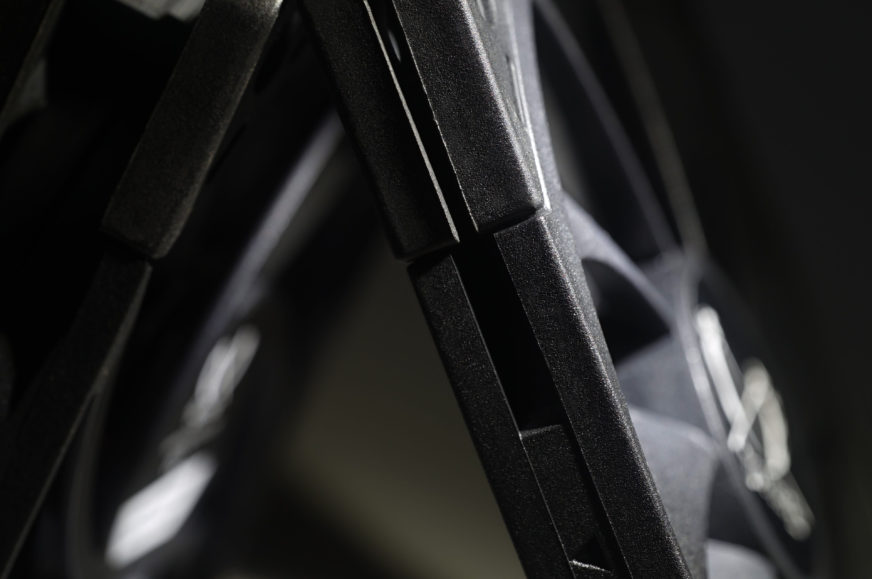
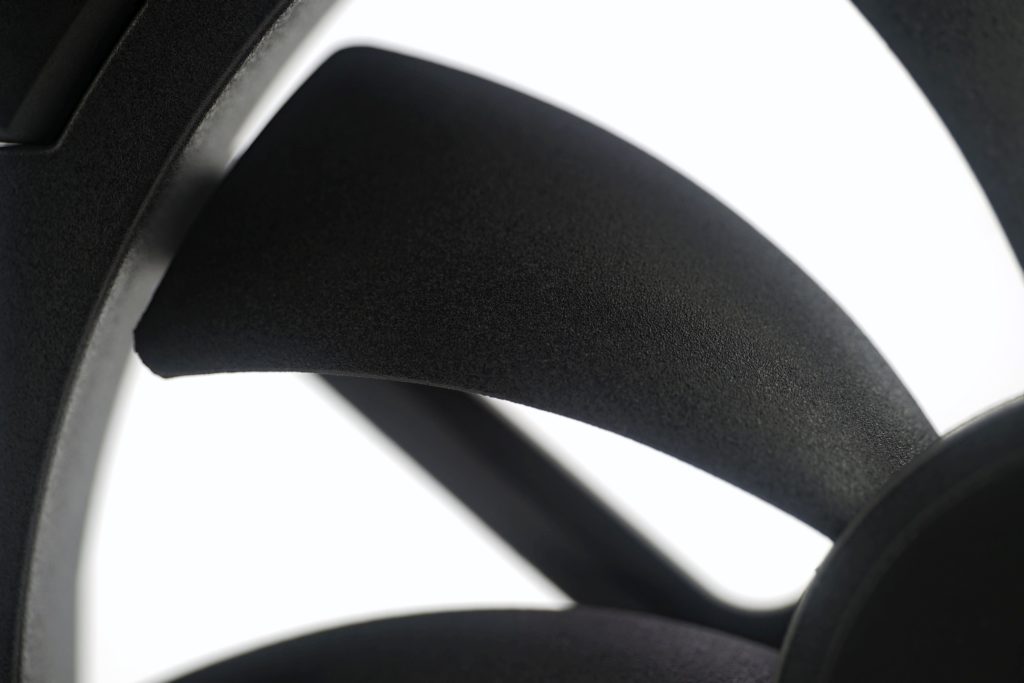
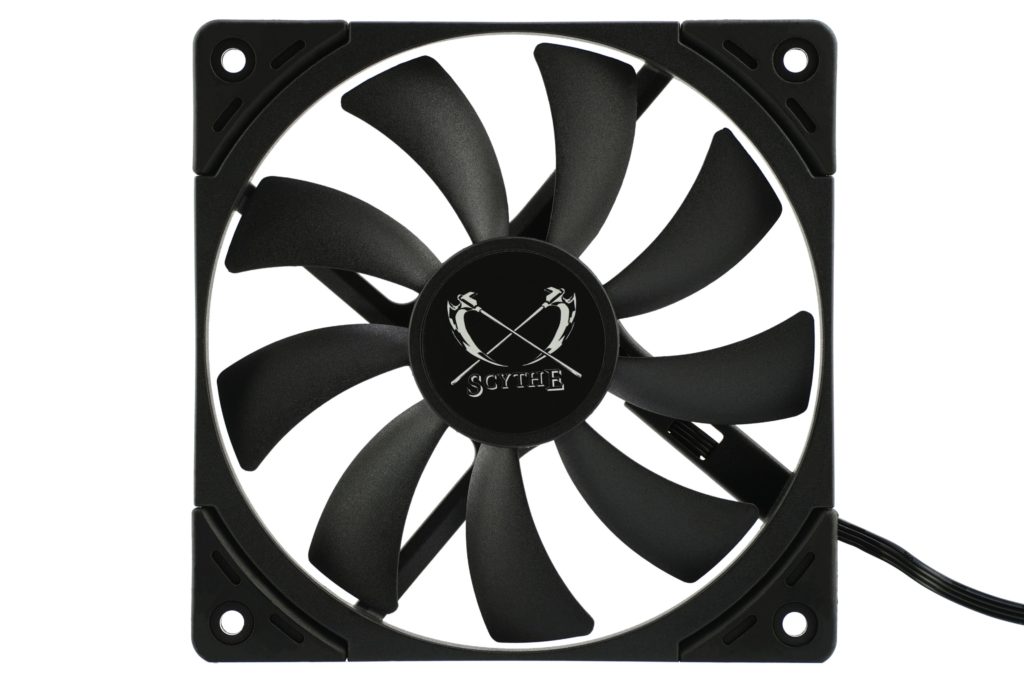
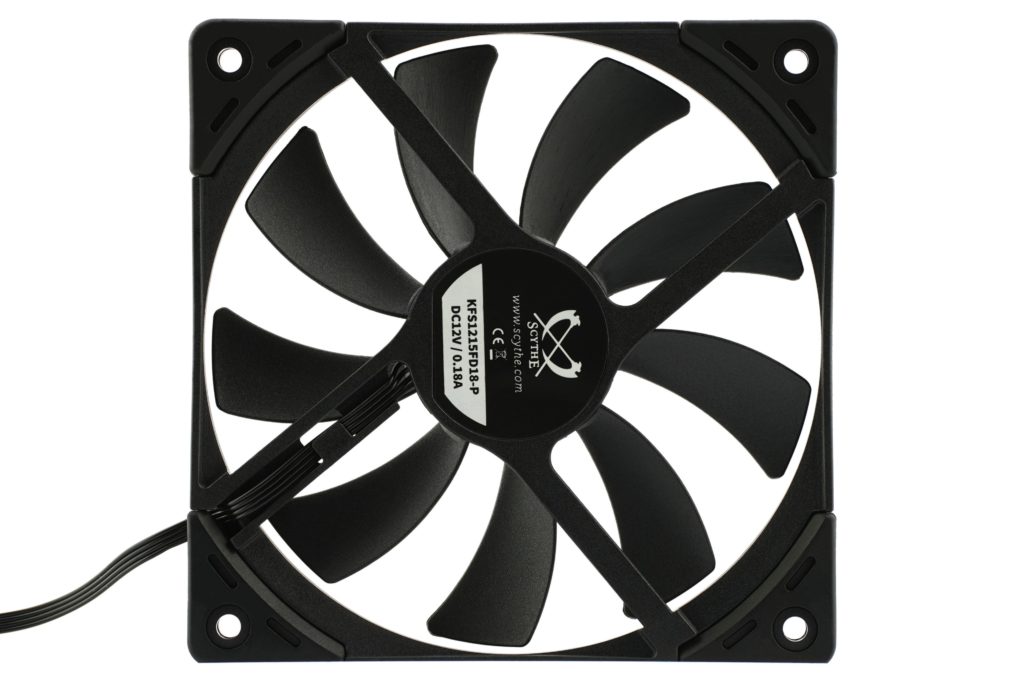
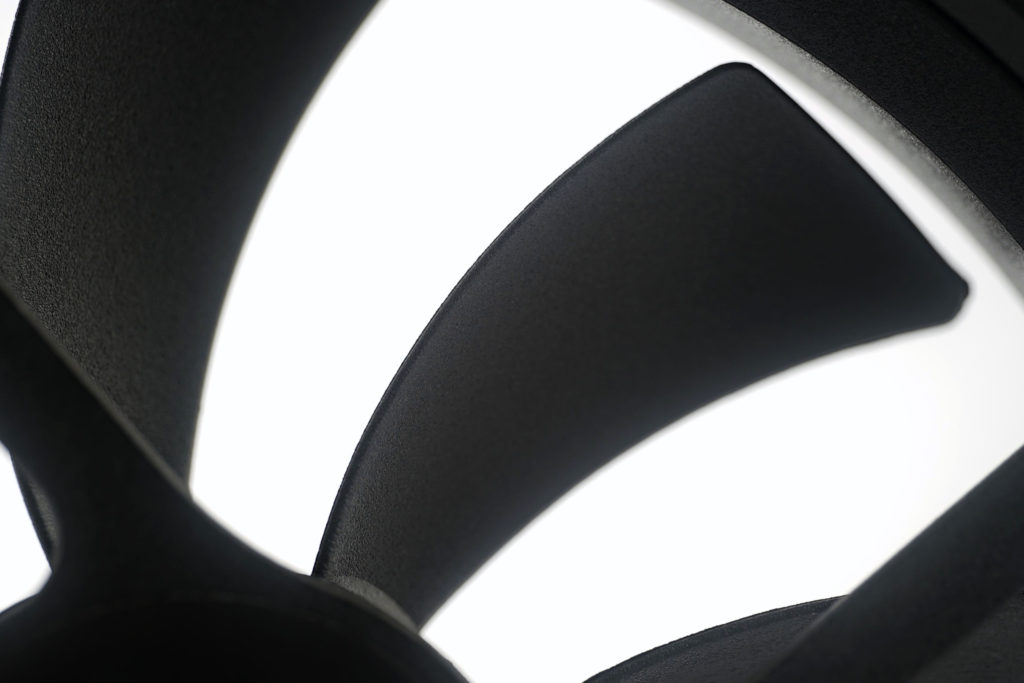
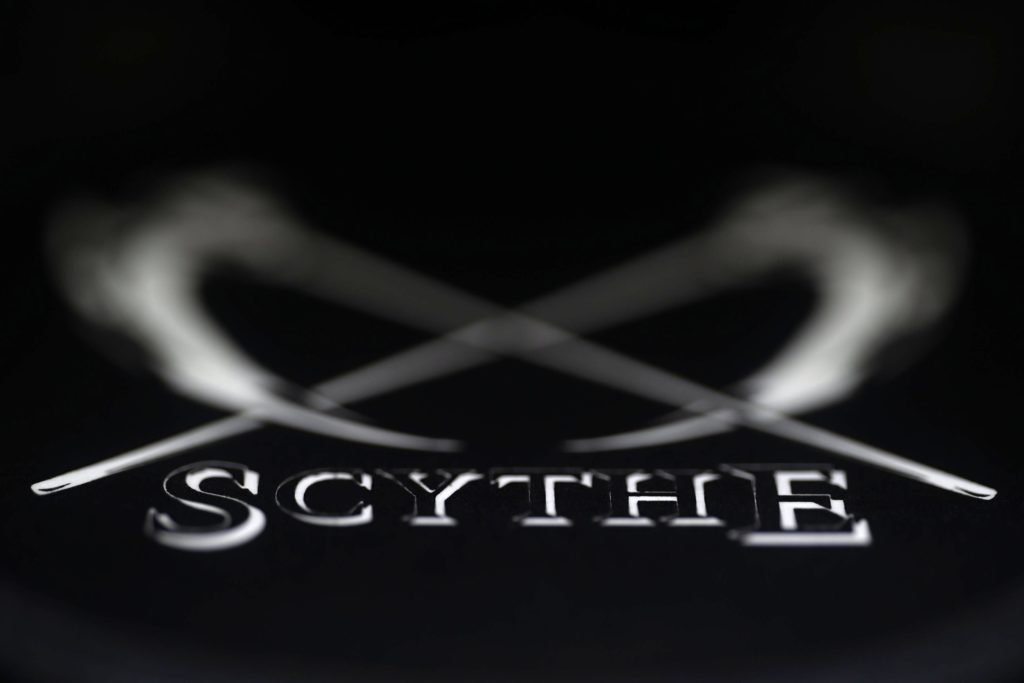
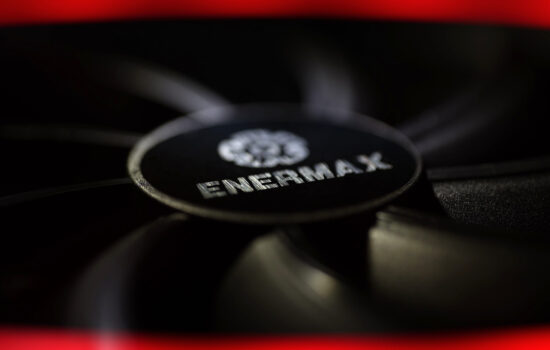





On the evaluation page, the link to frequency analysis on plastic filters was wrong (39 instead of 29). Also, the summary was wrongly replaced by the spec table.
On your evaluation of frequency, you say thay the weakness of the fan only shows when it runs above 1100 RPM (that is 45 dBA). But from reading the charts, there seems to be strong peaks that appear in 39 dBA mode (959 RPM) as well. Did I interpret the data incorrectly?
Thank you for the heads up. Corrected. Including the charts that were really messed up. I was already in advanced stages of exhaustion when I released it yesterday…
… you read the spectrographs well. Yes, you are right, even the 39 dBA (~959 rpm) mode is characterized by more pronounced tonal peaks, so I’ve modified that statement a bit. Below 850 rpm it’s fine in that respect. Approximately such speeds at 39 dBA correspond to tests with a plastic filter and on a grille, which increase the noise level, so when tuned to the same level the fan speeds will always be a bit slower than in a use case without an obstacle.
So thanks for this observation and apologies for the inaccurate interpretation of the results. I wrote the article a bit under pressure and at the same time on the verge of complete exhaustion. I hope that similar mistakes will be avoided in the future.
You don’t have to apologize, it does not take away from the fact that the overall analysis is great work.
Health is very important. I hope you’ll find time to take a good rest and don’t push yourself too hard 🙂. Take care.
Guys, please test 120 and 140x25mm Kaze Flex – they were highly praised by other (but not as advanced as you) reviewiers, especially as case fans. I generally really like them from my own experience for being solid performers; sounding well; having quiet motor and bearing and representing nice quality additionally proven by few years of using them in my own pc.
Sure, the 120 and 140 mm Kaze Flex II will be next in line as far as Scythe fans are concerned. I mean, maybe the Grand Tornado model, which is close to release, will fit in between them.